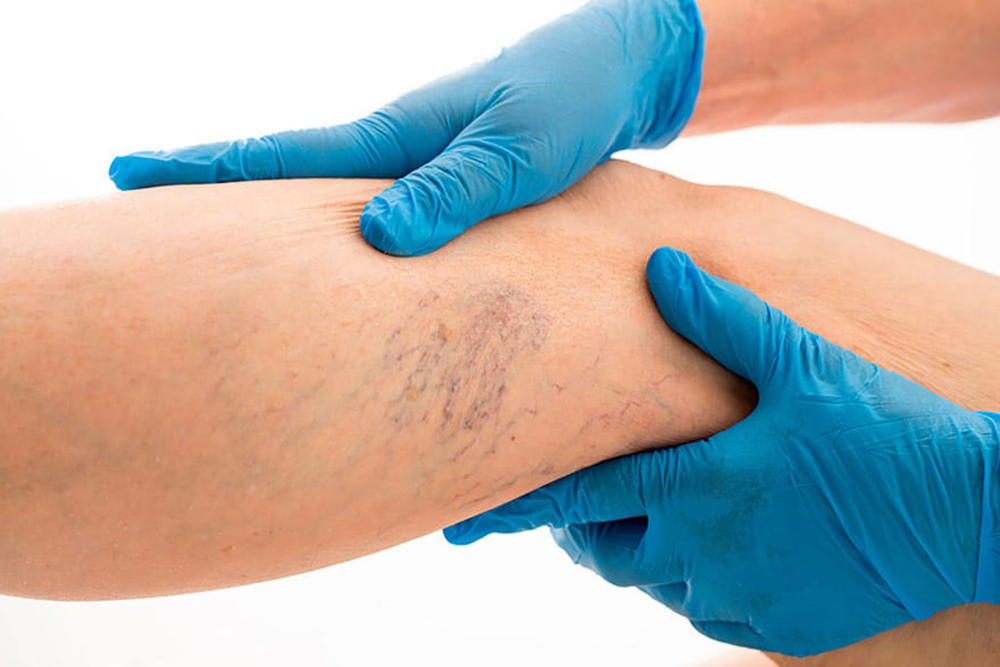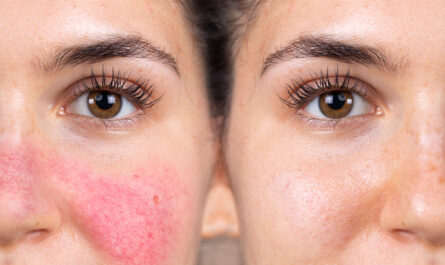Varicose veins affect millions of people worldwide and can cause pain, swelling, and skin discoloration. Traditional treatments have included surgical procedures like vein stripping which involves incisions and stitches. However, newer varicose vein treatment devices have emerged that allow for minimally invasive procedures with less risk, pain, and recovery time.
Radiofrequency Ablation
One of the most common modern varicose vein treatment procedures utilizes radiofrequency ablation (RFA). With RFA, a thin catheter is inserted into the vein through a small puncture in the skin. The catheter delivers radiofrequency energy to the inner lining of the vein which causes the abnormal veins to collapse and seal shut. By sealing off blood flow, varicose veins are effectively eliminated without scarring or removal through incisions.
Recent advancements in RFA technology have led to improved catheter designs for precise targeted treatment. Newer catheters are more flexible and feature advanced tip designs to help navigate complex vein anatomy. Some RFA systems now integrate ultrasound imaging for real-time guidance during the procedure. This allows physicians to monitor treatment and ensure complete ablation of target veins. Studies show RFA provides comparable treatment outcomes to surgery with less pain, bruising, time off work, and cost of treatment.
Laser Ablation
Another minimally invasive option is endovenous laser ablation (EVLA) which uses laser energy rather than radiofrequency. Similar to RFA, a thin laser fiber is inserted into the vein. When activated, the laser destroys the inner lining of the vein causing it to seal shut and reroute blood flow. New laser systems feature advanced wavelength targeting for more controlled treatment of different vein depths and diameters. Fiber tips have been redesigned for smoother insertion and retraction during the procedure.
Laser ablation also provides effective treatment results along with the advantages of minimal incisions, reduced pain and bruising, and faster recovery times compared to surgery. Recent multicenter studies found laser ablation led to improved patient symptoms and quality of life scores equivalent to traditional vein stripping at 1-year follow-up. Advancements in flexible fiber design and precise laser control allow physicians to treat more complex varicose vein patterns.
Mechanochemical Ablation
A newer treatment approach is mechanochemical ablation (MCA) which uses mechanics and chemicals rather than energy-based therapies. In MCA treatment, a rotating catheter is inserted into the vein. As it rotates, the tip releases small amounts of chemical sclerosant to destroy the inner lining of the vein. The catheter is then removed, leaving the chemical to seal the vein shut.
Several technical enhancements have improved MCA catheters. New proprietary brush tip designs more efficiently disrupt the vein endothelium for targeted sclerosant delivery. Advances in rotational control and chemical metering allow for uniform abrasive treatment along the entire vein segment. MCA also features the advantages of minimal invasiveness compared to surgery. Recent clinical trials found it provided closure of treated veins in over 95% of cases at 1-year follow-up with low complication and recurrence rates. Physicians appreciate the straightforward technical aspect of mechanochemical ablation.
Advancements in Imaging Guidance
Precise image-guided targeting is another area of development across varicose vein treatment modalities. New duplex ultrasound systems with advanced probes provide high definition vein mapping before and guidance during treatment procedures. This ensures complete ablation of refluxing and varicose target veins while avoiding damage to surrounding structures.
Some RFA and laser systems now integrate ultrasound directly into the console for real-time visualization and monitoring. This hands-free approach allows physicians to focus completely on catheter navigation and precise treatment under direct ultrasound visualization. Emerging technologies like near-infrared fluorescence provide additional tracking capabilities during varicose vein procedures from pre-operative injection of imaging agents. All these imaging enhancements help push the field towards minimally invasive, image-guided techniques.
New Developments on the Horizon
Exciting new varicose vein treatment devices continue to emerge. Researchers are developing bioresorbable polymer foam implants that can be injected into refluxing veins, causing them to seal shut and resorb over time. These could provide permanent treatment results in a simple office procedure without catheters or laser fibers. Another approach uses advanced polymers and 3D printing to fabricate structurally supportive vein grafts that can be percutaneously deployed and remodel veins from the inside out.
Other long-term developments include bipolar radiofrequency devices for more uniform ablation, integrated robotic catheter navigation systems, and advanced image-fusion capabilities. As always, high quality clinical trials will drive adoption of new devices and techniques. Overall, minimally invasive varicose vein procedures using the latest treatment and imaging technologies continue delivering excellent treatment outcomes alongside reduced recovery times compared to traditional surgical approaches. Patients and physicians can feel confident in modern varicose vein treatment options.
*Note:
- Source: Coherent Market Insights, Public sources, Desk research
- We have leveraged AI tools to mine information and compile it




